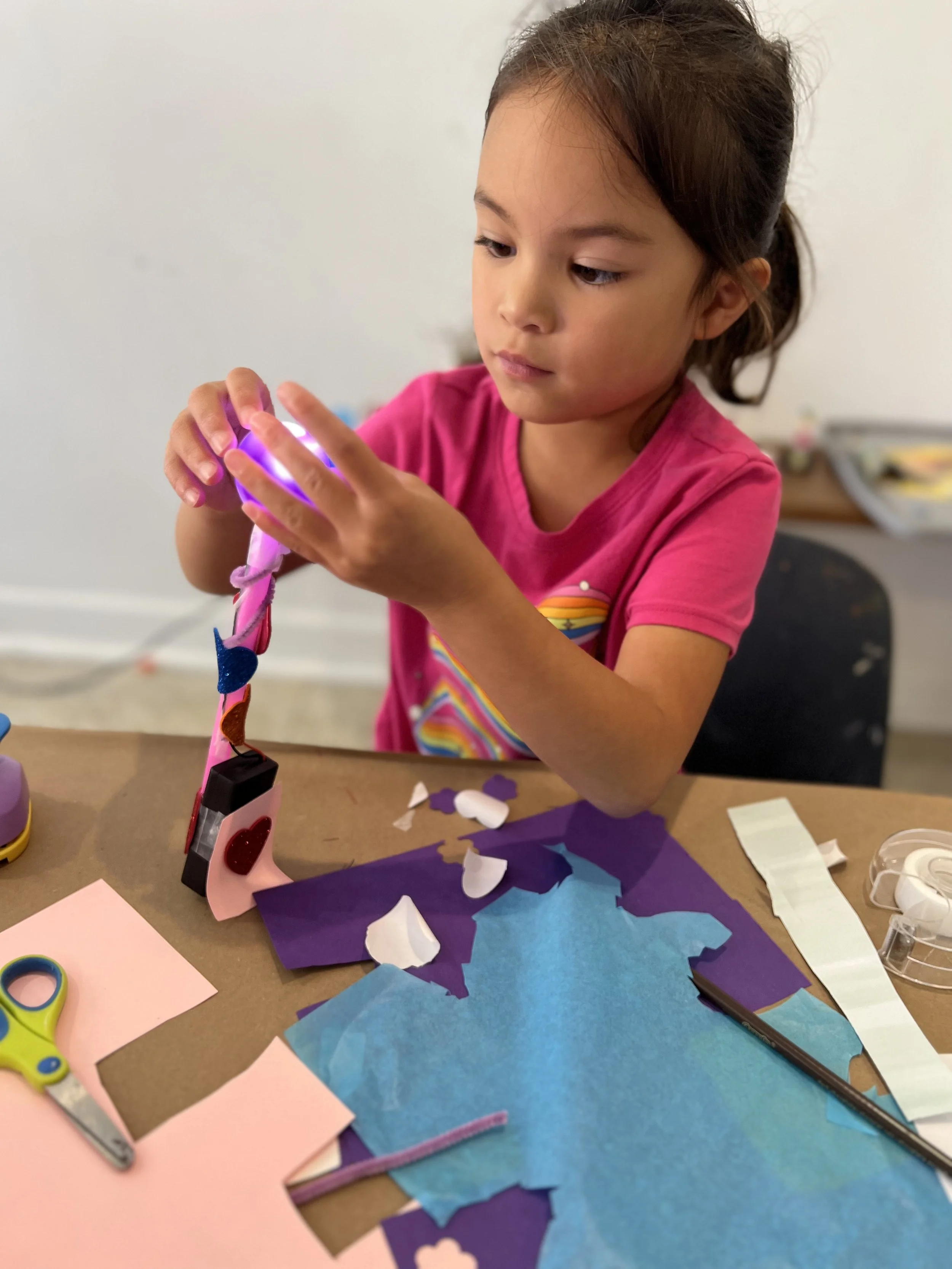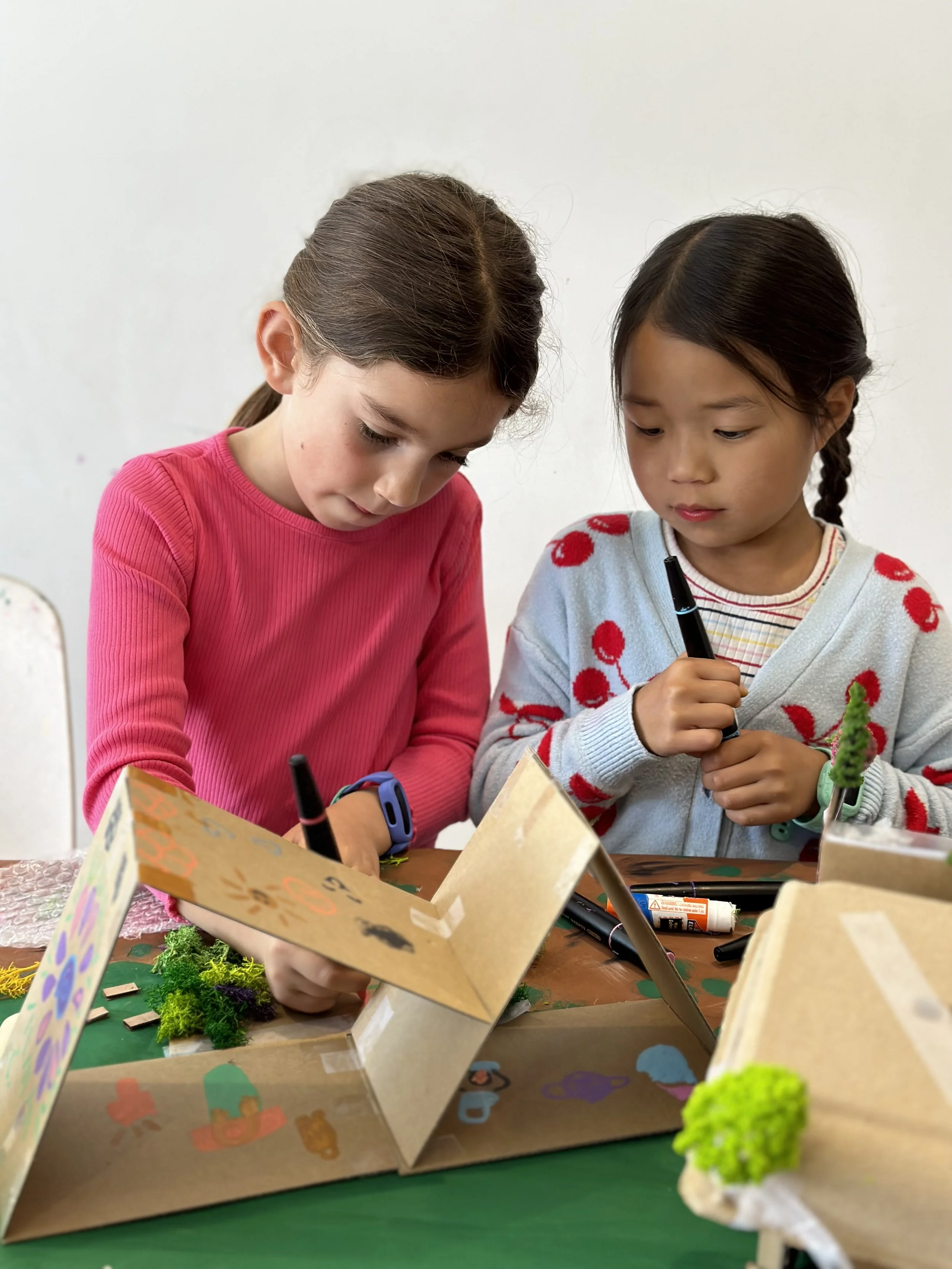As an education consultant, I’m often asked two related questions: do we still need girls-only spaces in STEM, and what do those spaces look like in 2025? The short answer is yes. These programs are more essential than ever. Today, girls-only spaces are inclusive, girl-centered environments that spotlight skills, problem-solving methods, and ways of collaborating that have historically been undervalued in traditional STEM settings. The goal is to help girls, and youth who are most supported in a girl-focused environment, build skills and confidence that carry back into coed spaces.
Read MoreThinking of launching a makerspace? The surprises no one mentions: budgets evaporate, consumables cost more than machines, storage makes or breaks you, and teacher buy-in and clear goals matter most. Get 10 lessons to help your space thrive from day one.
Read MoreA common misconception about makerspaces is that they require expensive tools and high-tech equipment to be successful. In reality, the best makerspaces start small, using low-cost materials and engaging projects to generate excitement and buy-in from students, teachers, and the community. Before investing in 3D printers or laser cutters, you need proof of concept—a way to demonstrate the value of hands-on learning with almost no money.
Read MoreCuriosity is a superpower. By making STEAM playful, hands-on, and relevant to the world around them, you’re giving kids the tools to keep asking questions, finding answers, and imagining a better future. Get messy, get building, and get curious together!
Read MoreThe holiday season is upon us, bringing with it chilly weather and warm gatherings. At Design Hive, we believe that crafting can make any event special. This year, why not elevate your holiday gathering by combining cozy movie nights with engaging crafting sessions? Inspired by charming ideas for holiday movie nights, here’s how you can create a unique, crafty celebration that will keep your guests entertained and inspired.
Read MoreIn today's fast-paced, digital world, adults often find themselves trapped in a cycle of work, screen time, and stress. However, there's a growing body of evidence suggesting that engaging in hands-on process-oriented activities (meaning not just focused on the outcome but the entire creative experience) can provide significant benefits for mental and physical well-being, as well as provide opportunities for memorable social interactions. Activities such as painting, crafting, or even cooking, offer more than just a break from routine; they have profound effects on the brain and body, fostering a sense of accomplishment and community.
Read MoreIn our over 30+ years of combined teaching experience, we have found one thing to be true- investments in machines, devices, and things mean nothing without investing in the people who use them. We know first hand that spaces and people that foster innovation, creativity, and hands-on learning are critical. Maker spaces, with their focus on STEAM (Science, Technology, Engineering, Arts, and Mathematics) subjects and design, offer a unique opportunity for teachers to engage students in interactive learning experiences that build critical thinking, problem-solving skills, and a love for learning.
Read MoreIn our maker space, we consciously decide against adhering to a strictly structured schedule or providing parents with a minute-by-minute breakdown of the day. This choice is rooted in our deep understanding of how autonomy and creativity thrive under flexible conditions. At the core of maker education is the freedom to explore interests and learn through trial and error. Yes, there are specific skills to learn and master, but maker education encourages exploration and discovery, processes that cannot be confined to tightly scheduled slots without stifling creativity.
Read MoreThe essence of hands-on maker education lies not in the product but in the process. When students engage with a project over weeks or even months, they immerse themselves in a learning odyssey that transcends the mere act of creation.
Read MoreAs STEAM educators, we place a high value on process art and open-ended play in our studio.
Open-ended play and process art are all about the process. There are no instructions, strict rules, or defined outcomes.
Read More










